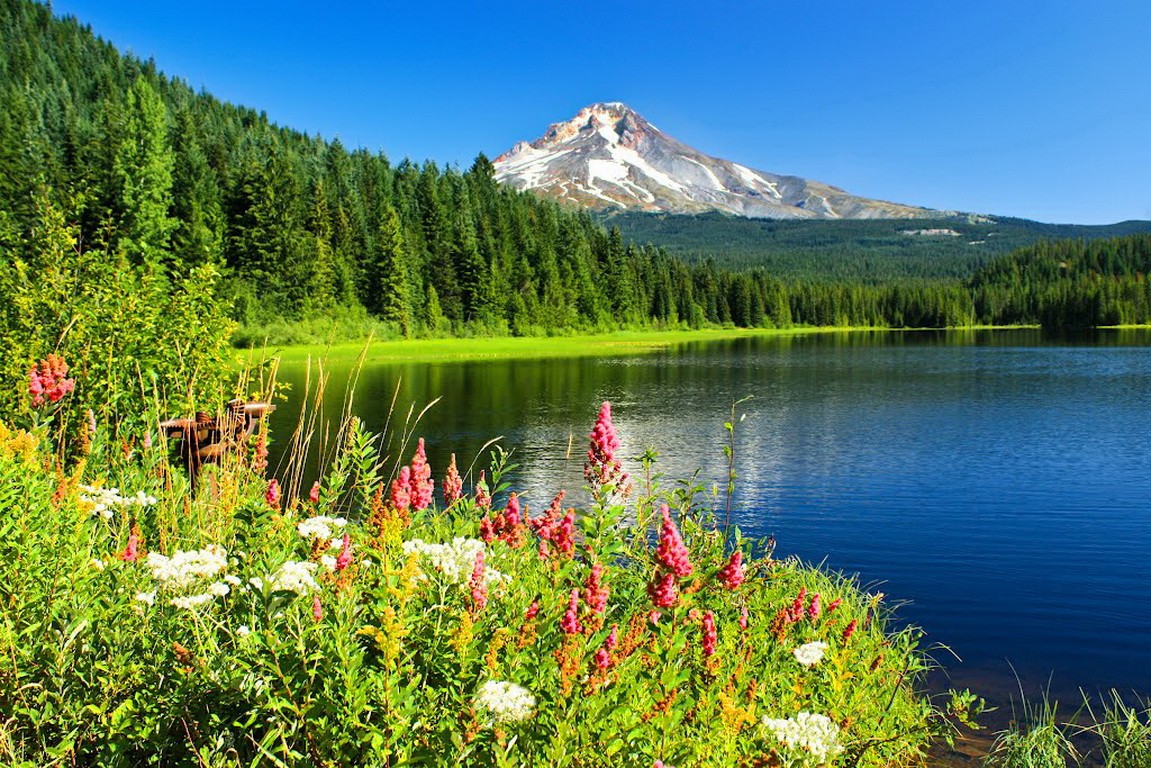
Summer in Portland is a glorious time! It can also be an intense time for our skin. The lack of sun we experience for the majority of the year leaves us vulnerable when it finally arrives in full force. I see a lot of sunburns in Portland when the sun suddenly appears in all of its blazing glory and our skin hasn’t had any time to prepare for it.
How do we enjoy the healing benefits of sunshine while minimizing its accumulative damage? The benefits and downsides of sun exposure are equally compelling. I think understanding some basic facts about the sun and your skin can go a long way towards finding a healthy balance.

Here are the awesome benefits of sunshine:
- Moderate sun exposure increases levels of the natural antidepressants serotonin and endorphins in the brain that can help relieve Seasonal Affective Disorder and other forms of mild depression and lethargy.
- Occupational exposure, such as farmers, fishermen, and people who receive regular weekend sun exposure are associated with decreased risk of melanoma.
- A group of researchers at the University of Edinburgh found that a compound called nitric oxide that helps lower blood pressure is released into the blood vessels as soon as sunlight touches the skin.
- Sun exposure improves sleep quality. Melatonin is synthesized by your pineal gland and is profoundly affected by light and dark, and proper exposure to the bright sun during the day is important for maintaining your internal circadian rhythm.
- And of course sunlight helps us manufacture an extremely important nutrient – Vitamin D – which is essential for many body functions such as:
- Healthy immunity
- Healthy mood
- Targeted support for over 2000 genes
- Healthy bone formation
- Healthy glucose metabolism
- Musculoskeletal comfort
- Heart health
- Healthy skin
Learn more in this article from Harvard Health Publications.
For a more detailed review of vitamin D, check out this article at Jenn Reviews.
Now for the not so awesome facts:
- Sun damage is the most obvious factor in the visible signs of aging and unfortunately, we don’t get a fresh set of skin cells with each skin cycle. Your cells are copies of copies of copies. So how your skin ages depends on the quantity of cellular damage you accumulate throughout your entire lifetime. The cells that produce pigment age faster depending on how hard they have to work to provide you that bronzed glow. They can break down and start dumping enough pigment for 40 skin cells all in one spot or not deliver any at all resulting in “age” or “sun spots” and those random white spots. In addition, UV radiation activates enzymes that break down your collagen and elastin, the protein fibers that make your skin firm and tight.
- Both UVB and UVA rays damage the cells’ DNA, potentially causing mutations that may lead to the non-lethal squamous cell cancers. With conflicting research, the Jury is still out on how much influence UV radiation has on basal cell or the potentially lethal melanoma.
- We are not getting any sunlight-induced Vitamin D most of the year! Except during the summer months, the skin makes little if any vitamin D from the sun at latitudes above 37 degrees north (that means all of the US except the most Southern states).
So how much sun is safe?
This depends on how sensitive your skin is. I have a friend who is allergic to even small amounts of sun. I am very fair and can stand direct summer sun for about 10 minutes before I can hear my skin sizzling. Yet there are many whose heritage allows their skin to tolerate a lot of sun. During the summer months, the UVB rays are the strongest between 10am – 2pm (a good time of day for a refreshing indoor sauna visit).
As a general rule for most people, 10-15 minutes of direct sunlight on unprotected skin during these hours will be enough to manufacture about 10,000 – 20,000 IU of vitamin D3. Get just enough sun to turn your skin slightly pink. Darker-skinned people will have to get more sun to optimize their vitamin D levels.
It takes about an hour for the cholesterol on your skin to convert to D3 and then to be absorbed. So if you work out in the sun and then take a shower, you might be washing off all that precious vitamin D you just manufactured on your skin. If you can, wait at least an hour before rinsing off.
Suggestions for giving your skin some extra love in the summertime:
- Get some moderate exposure, but protect your face. Let’s absorb our Vitamin D and boost our endorphins through our arms, torso and legs and minimize the accumulative damage on our face. Why not? It seems like a reasonable compromise to me.
- Cleansing – Even if we are using the least toxic options for sunscreen, you don’t want to go to sleep without flushing your skin out so it has an optimal opportunity to breathe freely and prevent potential congestion on the skin. Use a cleanser that doesn’t make you feel tight and squeaky clean.
- Water and oil – Your skin naturally protects itself by secreting water (perspiration) and oil (sebum) onto the surface of your skin, which combines to form your skin’s protective acid mantle. Few people realize that this protective layer helps protect the moisture balance of the skin while creating a defensive barrier from pathogenic elements. So don’t scrub and strip your skin with harsh cleansers, instead reinforce it with pure plant waters and oils that are naturally infused with phytonutrients. These combat the oxidative damage of UV and pollution while supporting the acid mantle. We are particularly obsessed with the plant hydrosols and serums of the organic skin care line evanhealy
- Diet and hydration – Cellular health is greatly supported by a diet rich in plant foods and hydration. Take advantage of the seasonal fresh fruits and veggies over the summer months to feed and nourish your cells. Minimizing the amount of inflammatory foods in your system also allows the body to focus on regular maintenance, versus always fighting a fire. If you are curious about this I recommend a book by local Naturopath Jessica Black, ND “The Anti-Inflammation Diet and Recipe Book”.
- As for SPF – this is a hotly contested topic and there are a lot of different opinions out there. It is a subject unto itself. Please check out Summer Skin Part II where I break down how to find the healthiest option for preventing burns and protecting your skin.
Enjoy the season!
